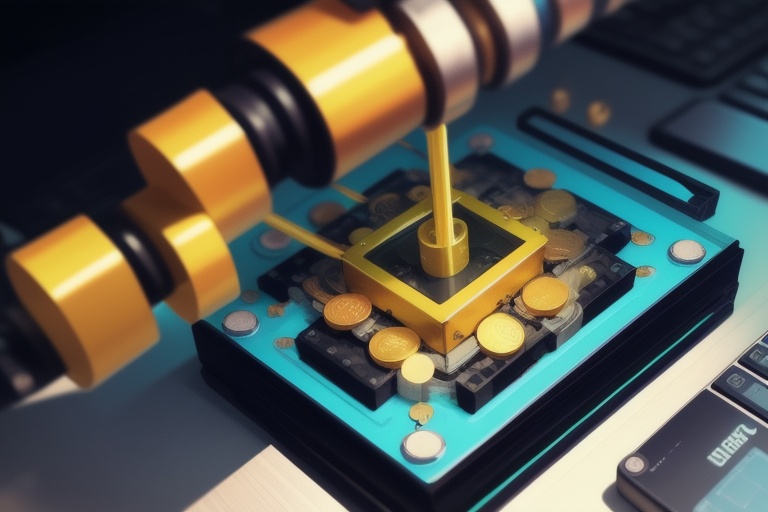Robotic technologies and artificial intelligence (AI) are two intertwined domains that are often conflated or misunderstood. To appreciate their synergies and potential impacts across diverse sectors, it's essential to distinguish between the two. Robotics is the engineering branch concentrating on the design and creation of physical automatons, whereas AI is the software-driven pursuit that aims to emulate human cognition and perform tasks typically requiring human intelligence.
Robotic technologies and artificial intelligence (AI) are two intertwined domains that are often conflated or misunderstood. To appreciate their synergies and potential impacts across diverse sectors, it's essential to distinguish between the two. Robotics is the engineering branch concentrating on the design and creation of physical automatons, whereas AI is the software-driven pursuit that aims to emulate human cognition and perform tasks typically requiring human intelligence.
AI and Robotics: A Symbiotic Relationship
The fusion of AI within the realm of robotics heralds a myriad of opportunities. By imbuing robots with AI, we can significantly enhance their interactive capabilities and decision-making prowess. This union is set to redefine the robotics landscape altogether, presenting a transformative influence on a multitude of industries.
But the road to successfully integrating AI in robotics is accompanied by both technological and ethical hurdles that must be tactfully navigated. The collaborative synergy of AI and robotics offers a glimpse into a future where AI-augmented robots could lead to levels of efficiency and innovation previously unattainable.
Navigating Challenges
To fully leverage the benefits of AI in the robotic domain, pressing challenges must be confronted head-on. This includes establishing stringent safety protocols, crafting ethical guidelines to avoid moral dilemmas, and perpetually refining the underlying AI algorithms alongside their hardware counterparts.
Forging partnerships among tech innovators, regulatory bodies, and industry stakeholders is paramount. Such collaborative endeavors are key to steering the advancement of AI and robotics in a direction that's beneficial and harmonious with societal values.
Transformative Applications Across Industries
The convergence of AI and robotics is already making significant strides in fields like manufacturing and healthcare. The automation of repetitive tasks coupled with the enhancement of human work through robotic assistance promises heightened efficiency and more favorable outcomes.
In manufacturing, AI-driven robots can streamline production lines, reduce error rates, and customize products with a level of precision unattainable by humans alone. In the healthcare sector, robots empowered with AI can assist in surgeries, deliver medications, and provide care, thereby augmenting the capabilities of medical professionals and improving patient care.
As we continue to forge ahead, the significance of AI and robotics within diverse industries cannot be overstated. Pioneering research and persistent development in this arena are essential to unlocking the extensive capabilities of AI-enhanced robotics. The commitment to this goal will pave the way toward a future marked by increased collaboration, efficiency, and breakthroughs that will reshape our world for decades to come.
Information for this article was gathered from the following source.


